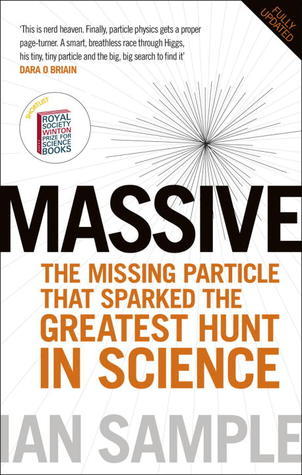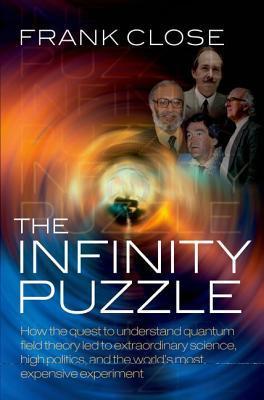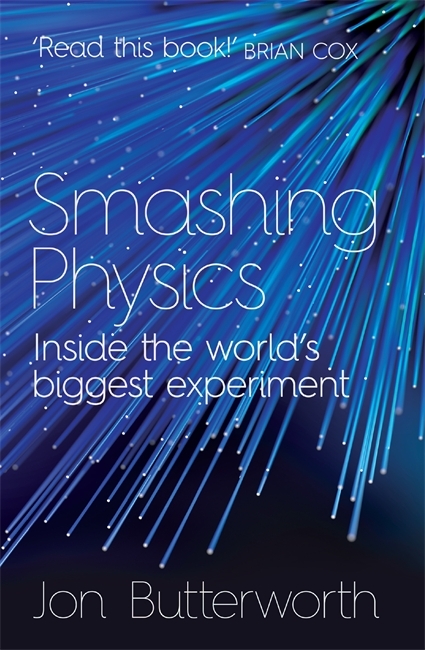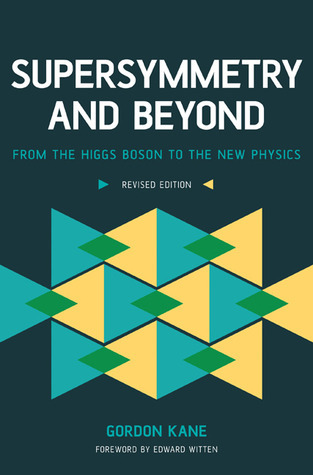
The Particle Zoo: The Search for the Fundamental Nature of Reality
Book Description
What if everything you thought you knew about the universe was just the tip of an unseen iceberg? In 'The Particle Zoo: The Search for the Fundamental Nature of Reality,' Gavin Hesketh takes you on an exhilarating journey through the subatomic world, where enigmatic particles dart and dance in a cosmic ballet. With every chapter, unravel the mysteries behind quarks, leptons, and the forces that bind them, challenging everything you believed about matter and existence. As scientists grapple with groundbreaking discoveries, the ultimate question looms: can understanding the universe’s building blocks unlock the secrets of reality itself?
Quick Book Summary
"The Particle Zoo" by Gavin Hesketh is a captivating exploration of the fundamental building blocks of the universe. Hesketh makes the complex world of particle physics accessible, inviting readers into the mysterious realm of quarks, leptons, and force-carrying particles. The book demystifies the Standard Model, the reigning theory of particle physics, illustrating not only what is known but also what remains elusive about matter’s deepest nature. Hesketh intertwines scientific history, experiment, and theory, charting the progression of discoveries from the electron to the Higgs boson. Ultimately, "The Particle Zoo" poses profound questions about the limits of human knowledge and whether unlocking the secrets of the smallest particles can truly reveal the essence of reality itself.
Summary of Key Ideas
Table of Contents
Unveiling the Subatomic World
Hesketh begins by introducing the reader to the invisible realm of particles, highlighting how humanity's understanding of the universe has evolved from the notion of indivisible atoms to a complex zoo of subatomic constituents. He explains that what we perceive as solid matter is actually composed of a collection of much smaller, often fleeting, particles, each with unique behaviors and properties. By examining historical discoveries, the book roots the abstract world of particle physics in a human narrative, revealing the importance of curiosity-driven science.
The Structure and Limits of the Standard Model
The core of the book details the construction and implications of the Standard Model, which classifies all known fundamental particles: quarks, leptons, and force carriers such as photons, gluons, and the W and Z bosons. Hesketh unravels each category, describing how quarks combine to form protons and neutrons, and how leptons like the electron underlie the chemistry of everyday life. He describes the mathematical elegance and limitations of the Standard Model, including unanswered questions, anomalies, and the mysterious mass-bestowing Higgs boson.
The Role of Forces and Fields in Nature
Forces are presented as field-mediated interactions that govern the behavior of matter, shaping everything from the stability of atoms to the fusion that powers stars. Hesketh examines the four known fundamental forces—gravity, electromagnetism, the weak nuclear force, and the strong nuclear force—showing how each operates at different scales and under different conditions. The book emphasizes the intricate balance and interplay among these forces, which orchestrate the structure and evolution of both subatomic particles and cosmic systems.
Experimental Frontiers and Particle Colliders
A significant focus is placed on the cutting-edge experiments and colossal instruments that allow scientists to probe the particle zoo. Hesketh brings to life the excitement of high-energy particle colliders, detailing how collisions at facilities like CERN’s Large Hadron Collider have revealed previously unknown particles. He discusses the painstaking challenges of detection and the international collaboration involved in particle physics, linking scientific progress to technological advances and global cooperation.
The Quest for Deeper Understanding Beyond Current Physics
Hesketh concludes by contemplating the unanswered questions that still puzzle physicists, such as the nature of dark matter, the integration of gravity with quantum mechanics, and what might lie beyond the Standard Model. The quest for deeper understanding, he suggests, is open-ended—every answered question yields new mysteries. "The Particle Zoo" leaves readers with an appreciation for the complexity and beauty of the universe at its most fundamental level, and with the sense that the journey into the subatomic world has only just begun.
Download This Summary
Get a free PDF of this summary instantly — no email required.





